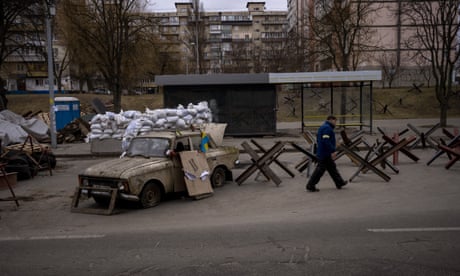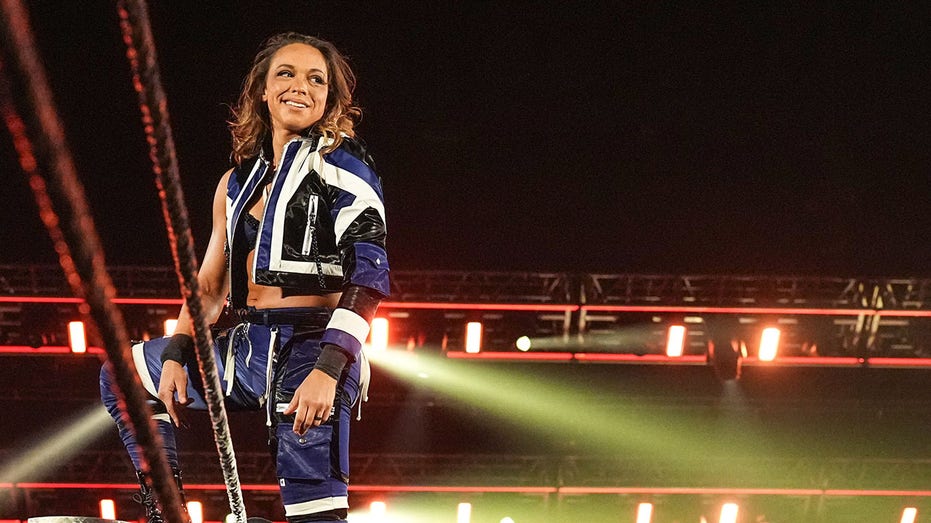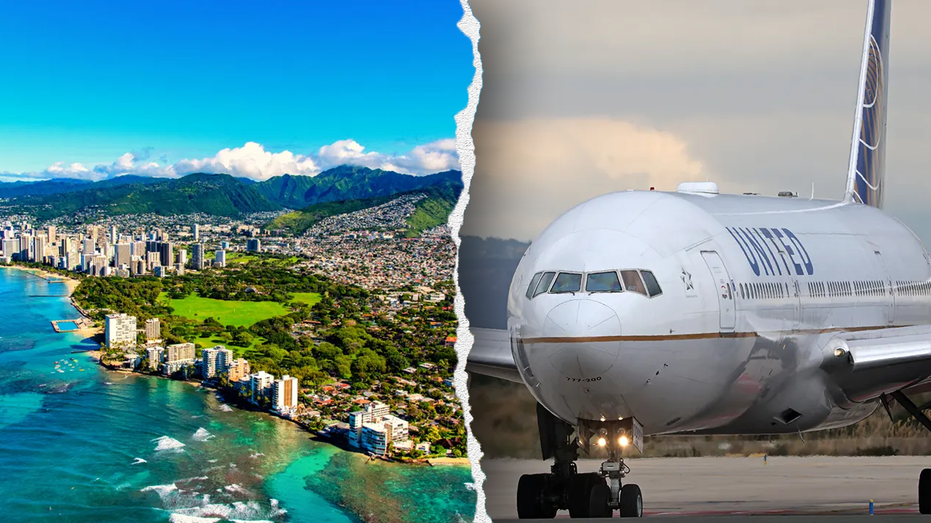- by foxnews
- 23 May 2025
Focus on Kyiv deadlock obscures Russia’s success in south Ukraine
Focus on Kyiv deadlock obscures Russia’s success in south Ukraine
- by theguardian
- 09 Mar 2022
- in news

From Mykolaiv along the coast via the already captured city of Kherson to the besieged city of Mariupol, the Russian advances in the south of Ukraine have contrasted with the difficulties Moscow has experienced in the north and north-east - in particular in the efforts to encircle the capital, Kyiv.
The contrasts between the southern and northern fronts are likely to have profound consequences, weighing heavily on any future peace negotiations, with likely effects that are economic, diplomatic and political as well as military.
Nature has fortified Mykolaiv. Built on a series of looping river bends where the Southern Bug empties into a large inlet of the Black Sea, the shipbuilding centre forms the apex triangle of key ports with Kherson to the east and Odesa to the west.
Easier to defend than to attack, in the days since the Russian invasion of Ukraine reached its outskirts, there have been pitched battles as the city's airport has changed hands, and as the city's defenders have manned their barricades, smoke curling above the river from Russian strikes.
So far Mykolaiv has held out under the leadership of its charismatic governor, Vitaliy Kim, whose updates on social media have rivalled those of the Ukrainian president, Volodymyr Zelenskiy, in their cheerful insouciance.
But on Tuesday it appeared Russian forces were looking to bypass the city to the north and find another way across the river. The attempt to skirt Mykolaiv and move on to link up a land bridge with Russian "peacekeeping" forces in the breakaway Transnistria region of Moldova would cut off Ukraine's most important port, Odesa, by both land and sea.
The importance of what has been happening in the south was described by the recently retired Australian general and author Mick Ryan in a long Twitter thread.
"The southern theatre of the war is a vital element of the overall Russian campaign design for Ukraine," wrote Ryan. "[It] contains Ukraine's 13 seaports, which in 2021 exported over 150 million tons of cargo. This represents 60% of exports & 50% of imports for Ukraine.
"And while the war in the north and east has settled into a slow moving and grinding war of attrition, the war in the south has been the location of more operational success for the invading Russian forces."
Ryan identifies a number of issues to explain why the Russian campaign has been more successful in the south. They include "a significant overmatch of Russian ground forces in the south" compared with Ukrainian forces, overstretched Ukrainian defences across the country, and the fact it is logistically easier to resupply troops from established Russian bases in the Rostov-Krasnodar region over the border.
"Why have the Russians in the south generally been more successful than those in the north-east and north?" wrote Ryan. "The defence of Kyiv is the strategic main effort for Ukraine. It is their capital, and has significant political, logistic, and cultural value."
"Finally," he added, "and this is purely speculation, the leadership and campaign planning in the south appears to be superior to the north. While often advancing on diverging axes, the southern theatre has largely continued without the long pauses seen in the north and north-east."
While the fall of Kyiv - or its negotiated capitulation - is a key Russian war aim, a limited Russian victory in the south alone would still have massive implications for Ukraine. As well as creating a devastating economic stranglehold on the country, it would also limit any western aid flows into Ukraine, while threatening the country's integrity from three broad geographical directions with Russia likely to claim southern areas it has control of in any future peace negotiations.
Most worrying of all for Ukraine, perhaps, is what control of the south would mean for the war in other parts of the country, with fears that Russian forces could link up with Russians operating south of Kharkiv or ultimately breakout north towards Dnipro, the key strategic city on the Dnieper River.
In the north the Russian offensive remained more complex on Tuesday. While some analysts and western intelligence agencies have described the Russian advance in the north as "stalled" there has also been evidence since the weekend of preparations for a renewed assault on Kyiv and regrouping of Russian forces around the capital city, including attempts - opposed by Ukrainian forces - to advance west towards Kyiv from the direction of Sumy.
Russian forces have also hit a number of key logistics centres and an air defence centre that could support Kyiv's defence, including the Vinnytsia airbase, which it hit with eight cruise missiles, as well as a number of fuel depots.
In outlying areas of Kyiv such as Bucha and Irpen, close to the biggest concentration of gathering Russian forces, residents have been forced to flee under a steady rain of shells and rockets.
"We can't even gather up the bodies because the shelling from heavy weapons doesn't stop day or night," said the mayor, Anatol Fedoruk. "Dogs are pulling apart the bodies on the city streets. It's a nightmare."
Through it all, Zelenskiy said, Ukrainian forces were showing unprecedented courage."The problem is that for one soldier of Ukraine, we have 10 Russian soldiers, and for one Ukrainian tank, we have 50 Russian tanks," he told ABC News in an interview that aired Monday night.
But he noted that the gap in strength was closing and that even if Russian forces "come into all our cities", they will be met with an insurgency.
One of the most pessimistic commentators on Ukraine's ability to withstand Russia's attack against it has been Bill Roggio, editor of the Long War Journal, who reflected part of that message. "The fundamental problem the Ukrainian military faced from the very beginning," he wrote this week, "is that it doesn't have enough forces to defend everything at once.
"The Russians have a numerical advantage and are willing to trade soldiers and hardware to achieve its objectives."
- by foxnews
- descember 09, 2016
United Airlines flight returns to Hawaii after concerning message found on bathroom mirror; FBI investigating
United Airlines Flight 1169 to Los Angeles returned to Hawaii after a "potential security concern" aboard the plane. The FBI and police are investigating.
read more


